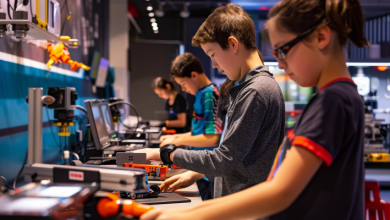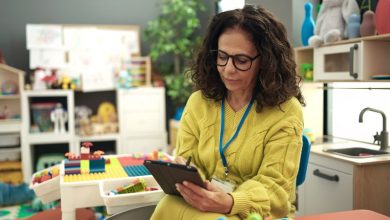Using interactive projectors to boost student engagement
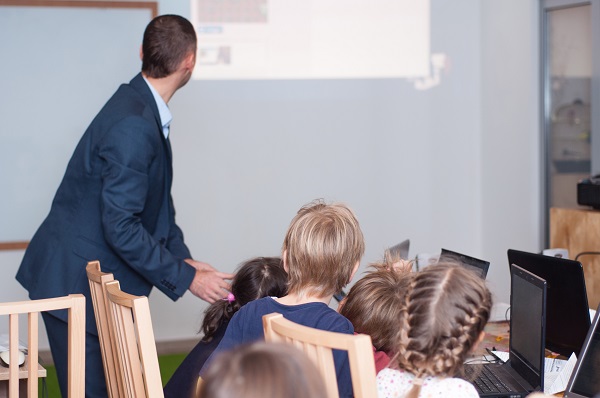
For schools to succeed, delivering a technology-enabled curriculum is no longer a luxury, but a requirement – and critical to the success of students throughout their education and in the global economy.
The ultra fast broadband roll-out is complete, and schools’ access to laptops, tablets, interactive whiteboards and projectors have transformed classrooms into high-tech hubs unrecognisable from even five years ago.
This widespread introduction of sophisticated electronic equipment into our schools opens up all sorts of possibilities for new and engaging learning experiences. It also goes hand-in-hand with the trend towards collaborative learning. Educators and students are working closely together and sharing content, just as schools are sharing goals and expertise within their communities of learning. Greater access to technology also means that students living in rural locations are able to find and share content just as they they would in a classroom in the city.
Perhaps no tool aids collaborative pedagogy more effectively than the interactive projector. The projector – in one form or other – has been used to boost engagement in classrooms since the 1800s, and today’s designs take teaching possibilities to giddy new heights.
Back then, “magic lanterns” were used to project images printed on glass slides, with oil lamps and candles serving as light sources. In the 1920s, the lanterns gave way to film-strip projectors which continued to be used until video cassette recorders were introduced in the 1980s. However, the trusted tool of the ’70s, ’80s and ’90s was the overhead projector, and although these have not disappeared, they have been sidelined by document cameras which offer zoom and high definition imagery.
By 2010, 3D-ready projectors had become more affordable and began to be used in schools. And now, just seven years on, we have classroom projectors with quite breathtaking functionality; multi user, touch-enabled, PC-less annotation, wireless projection and interactivity, and multi-device connectivity.
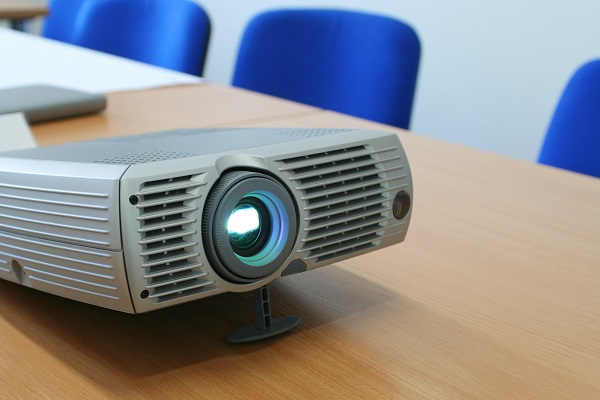 These allow teachers to unleash the full power of multimedia in their classrooms. Where previously most digital learning material was left to individual students to unearth, today it can easily be shared with the whole class. For example, a teacher can reveal an image bit by bit and thus generate interest in a topic. Students can come to the front of the room to write or draw on the interactive whiteboard, and share ideas with the class.
These allow teachers to unleash the full power of multimedia in their classrooms. Where previously most digital learning material was left to individual students to unearth, today it can easily be shared with the whole class. For example, a teacher can reveal an image bit by bit and thus generate interest in a topic. Students can come to the front of the room to write or draw on the interactive whiteboard, and share ideas with the class.
The wireless connectivity means teachers are no restricted by issues with cables, and both staff and students can move about more freely. Some projectors can connect with as many as 50 devices.
Increased engagement
The beauty of using interactive technology is the extent to which it ramps up student engagement.Students pay much better attention when doing rather than observing and today’s projectors provide for up to ten students to be drawing on screen at once. This is ideal for group work and presentations, and the focus on collaboration.
Whole class participation
Even if your students stay seated, you can use the projector to extend group discussion.Take a student’s question and pop it into Google. Let the class see the results, and discuss the research.
The class can also watch clips and films together, take online quizzes, and discuss images relevant to the topic. With zoom and rotate functions, you can have students come to the front to explore images up close.
Mixing it up
Younger children typically have short attention spans and need help to stay on task. Interactive projectors are perfect teacher tools for keeping lessons varied by allowing the user to switch between tasks. Just click between tabs on your browser or open up a slideshow.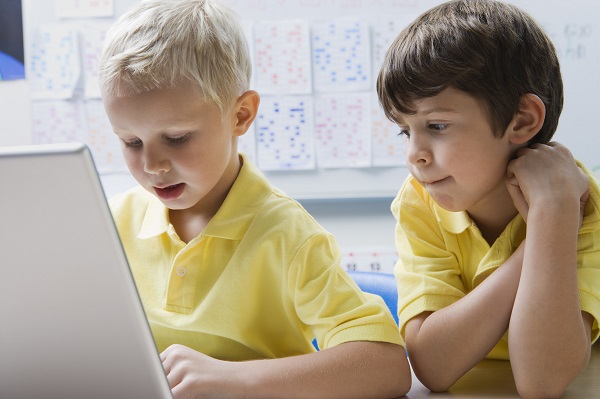
No need to dish out worksheets anymore, you can engage students with presentations, interactive games and group activities all within one session. Just pre-load your presentation onto a USB and insert into the projector.
Efficient note-taking
Showing presentations and information via an interactive projector allows you to share notes digitally at the end of the lesson, leaving students to focus on listening throughout the lesson rather than worry about taking notes throughout. Your notes can also be stored online for retrieval in the instance of lost notes, for example.
Time-saving devices
Using an interactive projector eliminates the need for teachers to get to class early to write up notes, or to continually erase and rewrite notes on the board. Exercises and presentations can be loaded onto USB drives before class, and can easily be shared with colleagues and amongst groups.
The interactive projector won’t do the work for you, but it can certainly reduce the amount of administration required, and there is no doubting its value as a classroom tool to boost student engagement, participation and collaboration.


